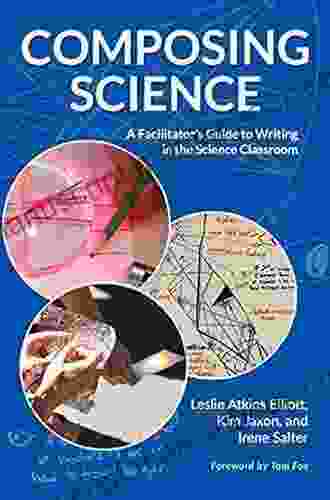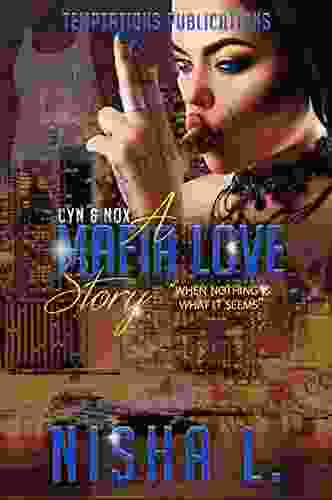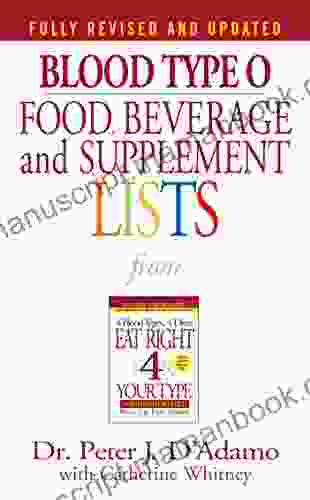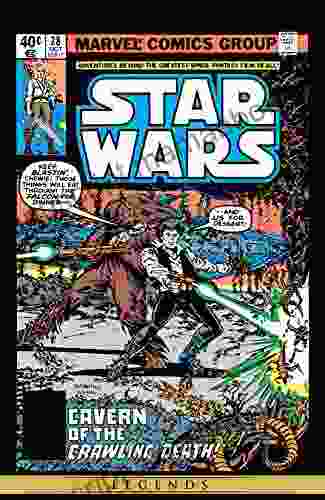The Ultimate Facilitator Guide to Writing in the Science Classroom: Techniques, Strategies, and Resources

Writing is an essential component of science education. It allows students to:
4.4 out of 5
| Language | : | English |
| File size | : | 16412 KB |
| Text-to-Speech | : | Enabled |
| Screen Reader | : | Supported |
| Enhanced typesetting | : | Enabled |
| Word Wise | : | Enabled |
| Print length | : | 176 pages |
| Paperback | : | 170 pages |
| Item Weight | : | 8.8 ounces |
| Dimensions | : | 6.13 x 0.39 x 9.25 inches |
* Document their observations and findings * Communicate their scientific thinking * Develop their critical thinking and problem-solving skills * Enhance their understanding of science concepts
However, many students struggle with writing in science classrooms. They may not be familiar with the specialized language and conventions of scientific writing, and they may not know how to organize their thoughts and ideas effectively.
This guide is designed to help facilitators support students in becoming proficient scientific writers. It provides practical techniques, strategies, and resources that can be used to foster students' writing skills in the science classroom.
Techniques for Integrating Writing into Science Lessons
There are many ways to integrate writing into science lessons. Here are a few ideas:
* Science journals: Science journals are a great way for students to record their observations, ideas, and questions about science concepts. They can also be used to reflect on their learning and to track their progress. * Lab reports: Lab reports are a more formal type of writing that allows students to document their experiments and share their findings. They can also be used to assess students' understanding of science concepts. * Argumentative essays: Argumentative essays allow students to take a position on a science-related issue and support their claims with evidence. They can help students develop their critical thinking and problem-solving skills. * Persuasive writing: Persuasive writing allows students to write to persuade others of their point of view on a science-related issue. It can help students develop their communication and advocacy skills.
Strategies for Supporting Student Writing
In addition to providing opportunities for students to write, facilitators can also use specific strategies to support their writing development. Here are a few ideas:
* Provide scaffolding: Scaffolding is a type of support that is provided to students to help them complete a task. It can take many forms, such as providing students with templates, graphic organizers, or checklists. * Offer feedback: Feedback is essential for students to improve their writing. It should be specific, timely, and actionable. * Create a positive writing environment: A positive writing environment is one in which students feel safe taking risks and sharing their ideas. It is important to create a classroom culture that values writing and respects diversity of perspectives.
Resources for Facilitators
There are many resources available to help facilitators integrate writing into their science classrooms. Here are a few:
* National Science Teachers Association (NSTA): NSTA has a wealth of resources on writing in science classrooms, including articles, lesson plans, and professional development opportunities. * Science Writing Heuristic (SWH): The SWH is a framework for teaching students how to write in science. It provides a step-by-step process for students to follow, from generating ideas to writing a final draft. * Write to Learn (WTL): WTL is a program that provides resources and training to help teachers integrate writing into their classrooms.
Writing is an essential component of science education. It allows students to document their observations, communicate their thinking, and develop their critical thinking skills. By providing students with opportunities to write, scaffolding their writing development, and creating a positive writing environment, facilitators can help students become proficient scientific writers.
4.4 out of 5
| Language | : | English |
| File size | : | 16412 KB |
| Text-to-Speech | : | Enabled |
| Screen Reader | : | Supported |
| Enhanced typesetting | : | Enabled |
| Word Wise | : | Enabled |
| Print length | : | 176 pages |
| Paperback | : | 170 pages |
| Item Weight | : | 8.8 ounces |
| Dimensions | : | 6.13 x 0.39 x 9.25 inches |
Do you want to contribute by writing guest posts on this blog?
Please contact us and send us a resume of previous articles that you have written.
 Top Book
Top Book Novel
Novel Fiction
Fiction Nonfiction
Nonfiction Literature
Literature Paperback
Paperback Hardcover
Hardcover E-book
E-book Audiobook
Audiobook Bestseller
Bestseller Classic
Classic Mystery
Mystery Thriller
Thriller Romance
Romance Fantasy
Fantasy Science Fiction
Science Fiction Biography
Biography Memoir
Memoir Autobiography
Autobiography Poetry
Poetry Drama
Drama Historical Fiction
Historical Fiction Self-help
Self-help Young Adult
Young Adult Childrens Books
Childrens Books Graphic Novel
Graphic Novel Anthology
Anthology Series
Series Encyclopedia
Encyclopedia Reference
Reference Guidebook
Guidebook Textbook
Textbook Workbook
Workbook Journal
Journal Diary
Diary Manuscript
Manuscript Folio
Folio Pulp Fiction
Pulp Fiction Short Stories
Short Stories Fairy Tales
Fairy Tales Fables
Fables Mythology
Mythology Philosophy
Philosophy Religion
Religion Spirituality
Spirituality Essays
Essays Critique
Critique Commentary
Commentary Glossary
Glossary Bibliography
Bibliography Index
Index Table of Contents
Table of Contents Preface
Preface Introduction
Introduction Foreword
Foreword Afterword
Afterword Appendices
Appendices Annotations
Annotations Footnotes
Footnotes Epilogue
Epilogue Prologue
Prologue Don Howe
Don Howe Annette Simmons
Annette Simmons Kathy Milburn
Kathy Milburn Jennifer Stuart
Jennifer Stuart Ron Simplified Myers
Ron Simplified Myers Dan Dana
Dan Dana Robert A Naseef
Robert A Naseef Andy Hall
Andy Hall Shawn Raiford
Shawn Raiford Rebecca Mascull
Rebecca Mascull Maria Wheeler
Maria Wheeler Jennifer Chance
Jennifer Chance Nabaneeta Dev Sen
Nabaneeta Dev Sen Edward Bulwer Lytton Lytton
Edward Bulwer Lytton Lytton Melissa Palmer
Melissa Palmer David French
David French Denise Weldon Siviy
Denise Weldon Siviy Alison Deering
Alison Deering Amanda Blake Soule
Amanda Blake Soule Graham Edwards
Graham Edwards
Light bulbAdvertise smarter! Our strategic ad space ensures maximum exposure. Reserve your spot today!
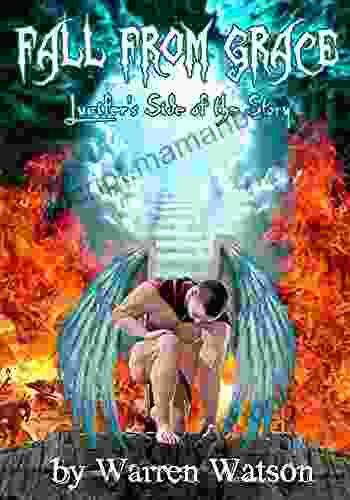
 Fernando PessoaThe Fall From Grace: A Comprehensive Analysis of William Shakespeare's Tragic...
Fernando PessoaThe Fall From Grace: A Comprehensive Analysis of William Shakespeare's Tragic...
 Desmond FosterSomething in the Blood: A Captivating Novel of Racial Injustice, Love, and...
Desmond FosterSomething in the Blood: A Captivating Novel of Racial Injustice, Love, and... Terry PratchettFollow ·11.1k
Terry PratchettFollow ·11.1k Fabian MitchellFollow ·16.2k
Fabian MitchellFollow ·16.2k Will WardFollow ·7.6k
Will WardFollow ·7.6k Everett BellFollow ·8.8k
Everett BellFollow ·8.8k Owen SimmonsFollow ·16.4k
Owen SimmonsFollow ·16.4k Zadie SmithFollow ·19.9k
Zadie SmithFollow ·19.9k Geoffrey BlairFollow ·7.4k
Geoffrey BlairFollow ·7.4k William GoldingFollow ·5.4k
William GoldingFollow ·5.4k
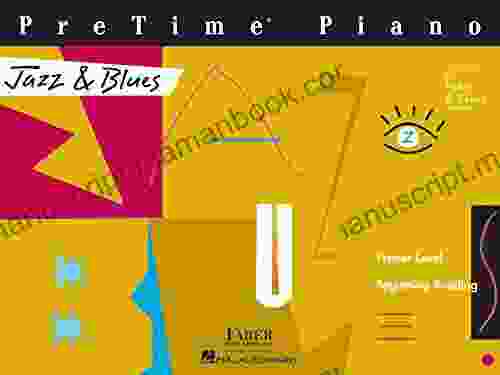
 Jaylen Mitchell
Jaylen MitchellPretime Piano Jazz Blues Primer Level: A Comprehensive...
The Pretime Piano...
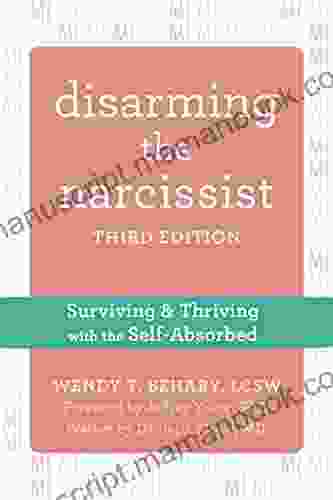
 Mark Twain
Mark TwainSurviving and Thriving with the Self-Absorbed: A...
Interacting with self-absorbed...
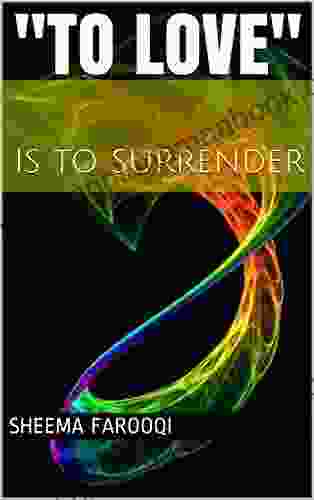
 John Keats
John KeatsTo Love Is To Surrender: A Deep Dive into the...
Surrender is one of the most enigmatic and...
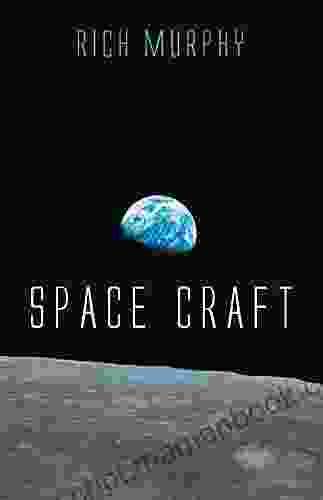
 Steven Hayes
Steven HayesRich Murphy: A Visionary Engineer Shaping the Future of...
In the annals of space...
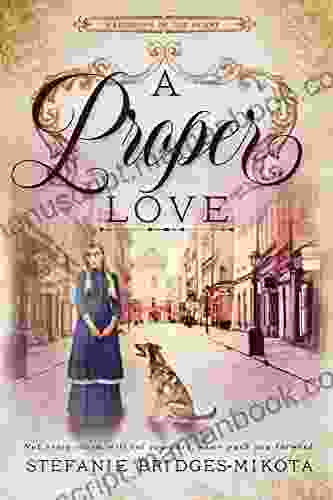
 Neil Parker
Neil ParkerProper Love: Navigating the Hardships of the Heart
Love is a beautiful emotion that can bring...
4.4 out of 5
| Language | : | English |
| File size | : | 16412 KB |
| Text-to-Speech | : | Enabled |
| Screen Reader | : | Supported |
| Enhanced typesetting | : | Enabled |
| Word Wise | : | Enabled |
| Print length | : | 176 pages |
| Paperback | : | 170 pages |
| Item Weight | : | 8.8 ounces |
| Dimensions | : | 6.13 x 0.39 x 9.25 inches |


